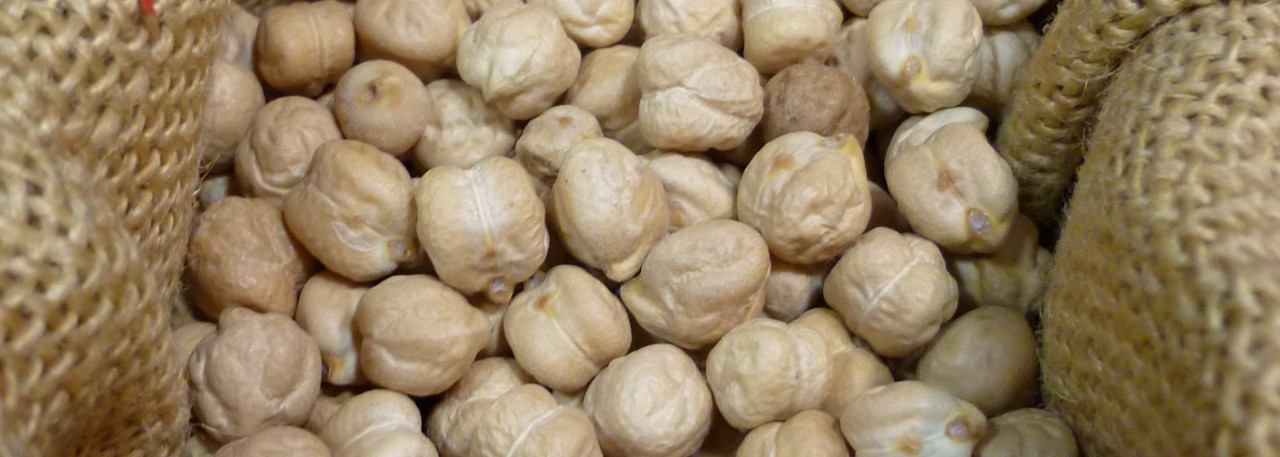.png.transform/rendition-xs/image_image%20(1).png)
Garbanzo de Fuentesaúco PGI
Cicer Arietimum L chickpeas, macrocarpum variety, ecotype Fuentesaúco, sold as a dry product or a pre-prepared dish.
Tasting notes
After cooking the chickpeas remain whole, their skin is soft and smooth and the albumen very buttery and uniform, with a pleasant taste on the palate.
Other notes
They have a pronounced and curved peak, a creamy or dull color (blend of yellow, white and brown), medium-rugged skin and are free from imperfections. Following treatment the weight of 100 chickpeas should vary from 40 – 50 gr (1.5 - 2 oz).
Production / Processing method
Chickpeas are cultivated in an alternating fashion, and the same plots are never used for consecutive campaigns. No organic fertilizers are used during the cultivation process. Sowing is carried out at the end of February and, generally, mid-March. The land surrounding the roots is excavated, and all weeds are removed. Various treatments with insecticides and herbicides mean that continuous plowing does not need to be carried out. It is only where the land presents greater difficulties that any work is done by hand.
Harvesting takes place from the end of July to the end of August, when the plants and weeds are totally dry, and always before total dryness sets in as, if this method is not followed, the farmer runs the risk of losing a high quantity of chickpeas. Subsequently, the product is stored in a dry, ventilated area, either in bulk or in bags, on a clean floor. The chickpeas, still on the industrial premises, are classified according to caliber and weight. Extra category chickpeas are canned, smaller ones are used for bulk purposes, and any deteriorated product is used to make feed.
Geography / Relief and climate
The product is cultivated in deep soil with good drainage, with a loamy or loamy-sandy texture with acidic or slightly alkaline pH, low or medium levels of available calcium, a low carbon/nitrogen ratio and little or no salinity. Many generations of growers have selected finer chickpeas, resulting in a different vegetable material that is well-adapted to the conditions of the area. The Fuentesaúco ecotype is a genetic heritage of the very highest order.
In this production area in the province of Zamora the winters are long and cold, with frequent frosts, which allows for natural pest and disease control that would otherwise affect the chickpeas. During the cultivation and ripening of the pulse there is little rainfall, meaning that the plant has to use water from the soil.
Regulatory Council
Consejo Regulador de la IGP Garbanzo de Fuentesaúco
Plaza Mayor, 29
49400 Fuentesaúco (Zamora)
Castilla y León
Tel: (+34) 923 228 345
Fax: (+34) 923 228 345
gf@legumbresdecalidad.com
www.legumbresdecalidad.com
Sources:
- Spanish Ministry of Agriculture
These chickpeas have a pronounced and curved peak.


- Garbanzo de Fuentesaúco 1
- Garbanzo de Fuentesaúco 2

Fuentesaúco (Castile-Leon)
